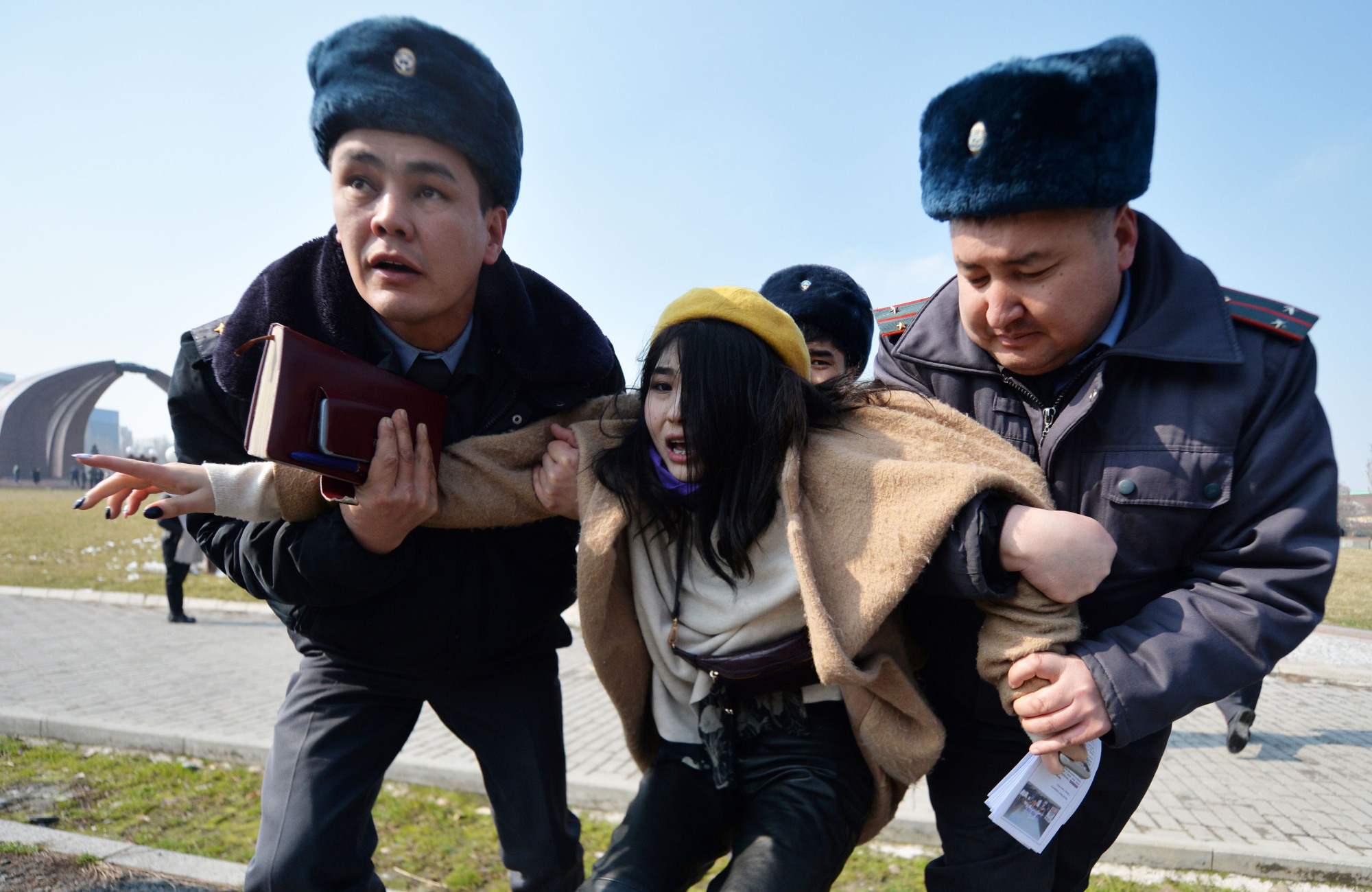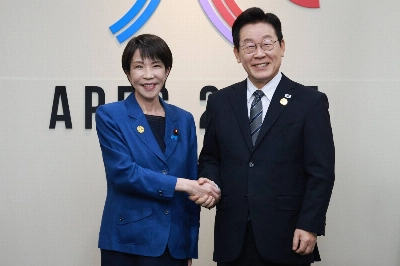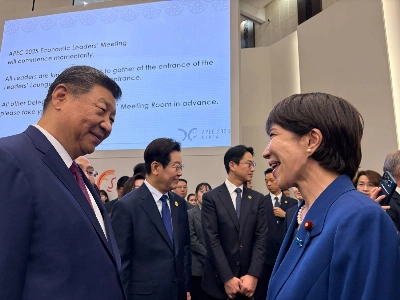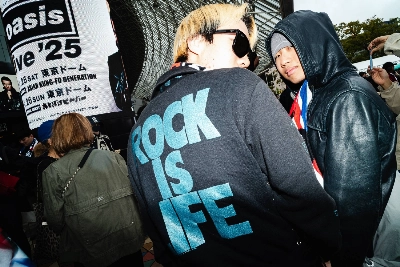At the age of 66, coal miner Sakubei Yamamoto started to paint the life of a Kyushu mine starting in the Meiji Era. He produced more than 500 artworks, some of the most valuable ethnological source material from Japan, with the intention of "telling future generations about true life and human feelings." His work reflects the living situation of women at that time, but also shows that they were less productive and educated than men, burdened with family and even lacking basic sanitary conditions at work.
This is a familiar story. Across the world, women have consistently been subjected to discriminatory and often harmful conditions in the workplace and society. Men's dominant roles in traditional activities has lasted for thousands of years, leading to the denial and neglect of women's status and rights. Persisting to the present day, women have not been able to participate equally in social, political and economic life, while at the same time their achievements have often been deleted from received histories.
To prevent the loss of collective memory, UNESCO launched the Memory of the World Programme in 1992 to facilitate universal access and public preservation of precious documents in many media that reflect the cultures, traditions and values of their nations. Among the 426 inscriptions of documentary heritage in the international register, only five relate directly to women and women's empowerment — and only one in the Asia-Pacific region. Yamamoto's art is just one example of documentary heritage that documents crucial realities of women's lives from history, yet which is not directly linked to them in the inscription.


















With your current subscription plan you can comment on stories. However, before writing your first comment, please create a display name in the Profile section of your subscriber account page.